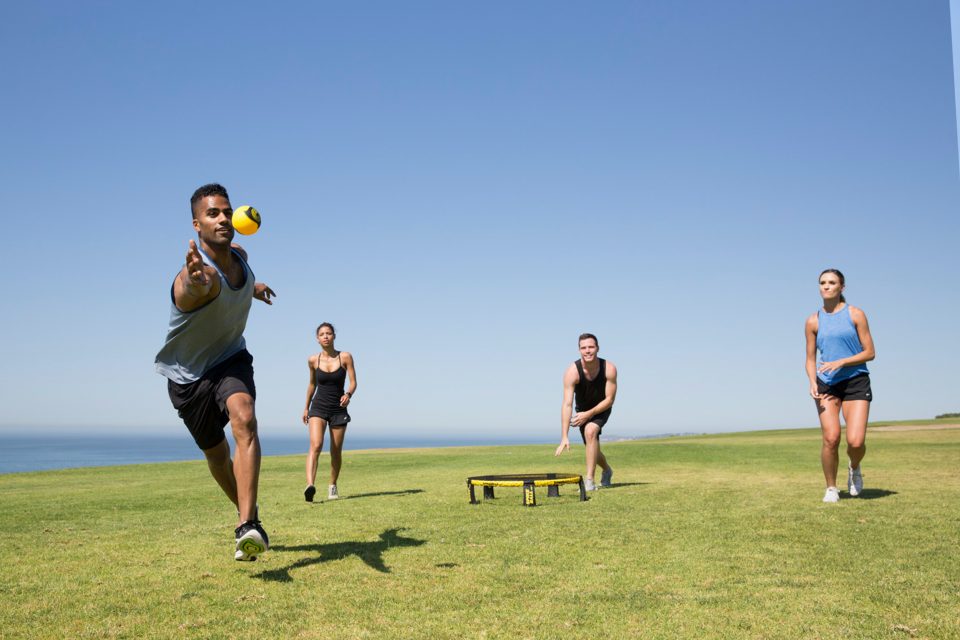Fat is the primary energy source during low-intensity exercise. Unlike carbohydrates, your body uses it as its main energy source. It’s storage is more concentrated and does not contain water (Blake, 2019, pp. 429).
Fat is an Energy Source
When the body uses fat for energy, it is broken down further. For example, it is made into fatty acids before it is supplied to the muscles from the bloodstream (pp. 430). Fatty acids are consumed from food called triglycerides. When we finish eating a meal, an increased level of triglycerides are found in the blood (Guerra, 2014). Since we just finished eating, the build up of triglycerides in our blood tells us our energy has been converted. They move from the blood and into the fat tissue for storage (2014). When we are not eating during the day, the triglycerides are released from our fat tissues and give us energy. However, triglycerides stored in muscles are directly oxidized to provide energy for our bodies during exercise (Blake, 2019, pp. 430).
How Exercise Affects Fat
When we write terms such as “burned” or “fat” we are talking about energy in the form of calories. Fatty acids are a mixture of compounds found in the body. It is measured and represented by a number we like to call calories. Moreover, calories are numerical units that describe a measured amount of energy.
For mostly low-intensity exercise of up to 2 hours, the body likes to use it to convert into energy. In this case, the body likes to convert it from those fatty acids found in the bloodstream than the ones found in muscles (pp. 430). To sustain energy levels in our body, energy is converted from the fatty acids in the bloodstream first. As the exercise prolongs, these fatty acids in the bloodstream are replaced by fat from fat tissues to sustain energy levels (pp. 430). Almost half out of energy needed for moderate exercise greater than 2 hours is supplied by fat leaving the rest of our energy needs to be supplied by carbohydrates (pp. 430). Greater amounts of intense exercise has to use energy from carbohydrates, because it is converted at a faster rate than fat.
Key Point: When fats are oxidized during intensified exercise of up to two hours or more, we have successfully burned fat. In short, we have depleted some our fatty acid storage from the bloodstream and from our muscles.
Levels of Exercise & Training
The amount of fats your body will use is determined by your level of training. According to Blake, “muscles that are well trained will burn more fats than muscles that are not as well trained,” (pp. 431). Moreover, an increase in enzyme reactions help. Also, well-trained muscles use “less glycogen” or carbohydrate energy, but use more fats. This will allow your body to have endurance to save your glycogen stores for energy use (pp. 431).
Summary
How much of our body’s fat is needed for exercise? Dietary recommendations are equal for all active and non-active people alike. For the adult population, 20-30% of your calorie intake should come from these fats. Although this comes with a caution. Fats such as those like saturated or trans can cause high blood cholesterol levels and even heart disease (pp. 432). Saturated fats should be about 10% of your calorie intake (pp. 433). Likewise, consuming less than enough fats in your daily calorie intake can cause problems. For instance, fats are essential fatty acids in the body that help regulate biological processes. Some studies show that women with polycystic ovarian syndrome PCOS have responded positively to increasing intake of fats. Overall, it showed positive results for these women. They gained their menstrual cycles back and improved their fertility. A successful source of energy, fats are always good for our body!
Arthur: Jamie Moore Sam Houston State University Pre-Nursing
References
Blake, J. S. (2019). Nutrition & You (5th Edition) (5th ed.). Pearson.
Triglycerides – Understand the Test & Your Results. (2016, June 30). Lab Tests Online. https://labtestsonline.org/tests/triglycerides


